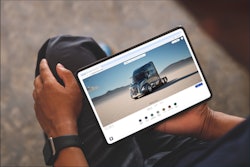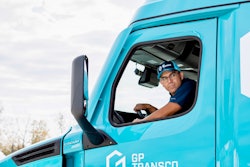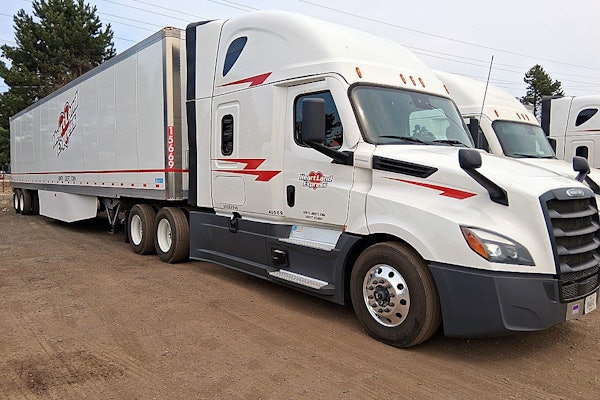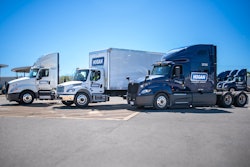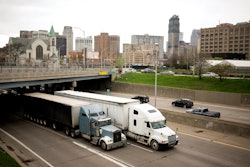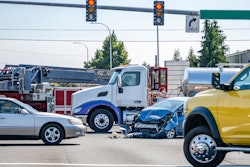Samsara has rolled out two new features to help fleets cut costs, maintain compliance, operate with greater efficiency and make more reliable deliveries.
The company announced enterprise grade, data-driven route planning and optimization and commercial navigation during its annual Samsara Beyond conference held this week in San Diego.
Samsara Chief Product Officer Kiren Sekar said many fleets have teams of route planners that assemble a sequence of stops, divided among vehicles and drivers, using external legacy software applications that don’t have access to the data needed to optimize routes.
“They don't have access to historical route runs. They don't know how much time your drivers are spending at each stop. They often don't have traffic and weather information, and even the road information can quickly get out of date,” he said. “Often these systems are inflexible. They're difficult and costly to configure, and so you're not able to change and adapt them as your fleet changes or as your customers’ needs change.”
Building on existing routing capabilities, Samsara now integrates directly with fleet operators’ sales systems to pinpoint the most efficient routes and delivery schedules.
A fleet’s orders can be pulled into the platform via API integration, and then routes are based on that information alongside equipment inventory and drivers.
The system considers the number of items in an order, how much they weigh and the skills needed to complete an order like refrigeration, a lift gate, a pallet jack, hazardous materials certification, etc. It also accounts for vehicle limitations, compliance requirements for drivers, customer delivery windows and traffic and weather patterns to stay within promised delivery windows and avoid unnecessary fuel usage.
From there, fleets can set parameters to configure the most optimized routing options.
For example, fleets can ask the platform to determine routes at the lowest possible cost with no overtime hours.
Early Samsara data suggests this feature could help fleets reduce the number of vehicles required for deliveries by 15%, in addition to reducing manual back-office routing time.
Fleet managers can drill down further into individual routes as needed to make adjustments and can also drop in notes to drivers.
Drivers can see those notes and their stops in the Samsara driver app.
“From there, they want to figure out how to get from stop to stop to stop. Historically, they would turn to a third-party navigation application,” Sekar said. “We know that many of you are operating commercial vehicles, but your drivers are still using consumer-based mapping products like Google Maps or Waze.”
The challenge consumer-based mapping poses, Sekar said, is they’re not aware of commercial road restrictions like weight and height limits.
“Your driver might start on their route and find that their 53-foot tractor trailer is routed onto a small residential road where that truck isn't allowed, or a tall truck is routed through an underpass that it can't clear, or a truck with explosive or hazardous materials is routed through a tunnel where it's not allowed,” he said. “In the best case, your driver ends up turning around, and they're 45 minutes late for the next stop. In the worst case, they can end up with fines or even accidents.”
But many trucking navigation apps aren’t much better, he added, saying that they’re slow, aren’t updated often and missing weather and traffic information.
With its new commercial navigation, Samsara can overlay fleet-specific restrictions directly onto standard digital maps to provide more accurate turn-by-turn directions. Drivers can see all of this as well as their hours-of-service in the Samsara driver app.



